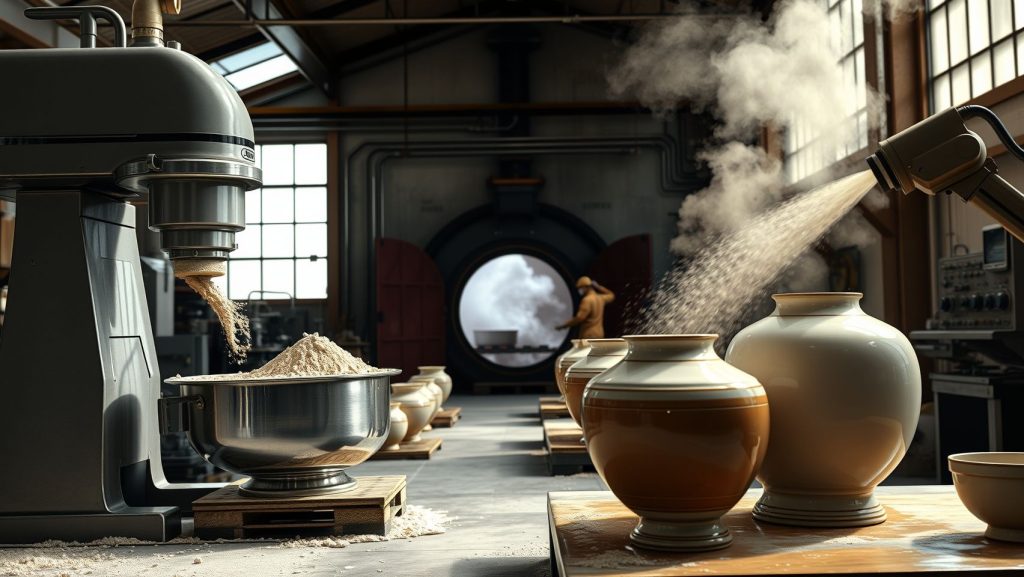Zircon powder, derived from high-quality zircon sand (zirconium silicate, ZrSiO₄), is a versatile and essential material widely utilized across numerous industrial sectors. Its unique properties, stemming from its natural origin and meticulous processing, make it indispensable for applications demanding high refractoriness, chemical inertness, and specific optical characteristics.
Stable Chemical Composition
Outstanding Physical Properties
Corrosion Resistance
Optical Properties
| Zircon Powder Physicochemical Index |
|---|
| Formula | Mohs Hardness | Proportion | Melting Point | Linear Thermal Expansion Coefficient | Packing |
|---|---|---|---|---|---|
| ZrSiO₄ | 7.5-8 | 4.4-4.8 | 2340-2550℃ | 5.0’0-6/C (200-1000℃) | 25kg Composite Paper Bag or Ton Bag |
| Grade | Granularity | Chemical Composition |
|---|
| D50 | Zr(Hf)O₂ | TiO₂ | Fe₂O₃ | Al₂O₃ | SiO₂ | |
|---|---|---|---|---|---|---|
| SUPER | 7-8um(325/mesh) | ≥66 | ≤0.06 | ≤0.08 | ≤0.3 | ≤34 |
| Grade1 | 7-8um(325/mesh) | ≥65 | ≤0.15 | ≤0.1 | ≤0.5 | ≤34 |
| Grade2 | 7-8um(325/mesh) | ≥63 | ≤0.5 | ≤0.3 | ≤1.0 | ≤34 |
| Grade3 | 7-8um(325/mesh) | ≥60 | ≤0.5 | ≤0.5 | ≤2.0 | ≤34 |

Ceramics and Glazes
Foundry Industry
Refractory Materials
Electronic Materials
Nuclear Industry

Get a fast quote, request samples, or speak directly with our technical sales team.
